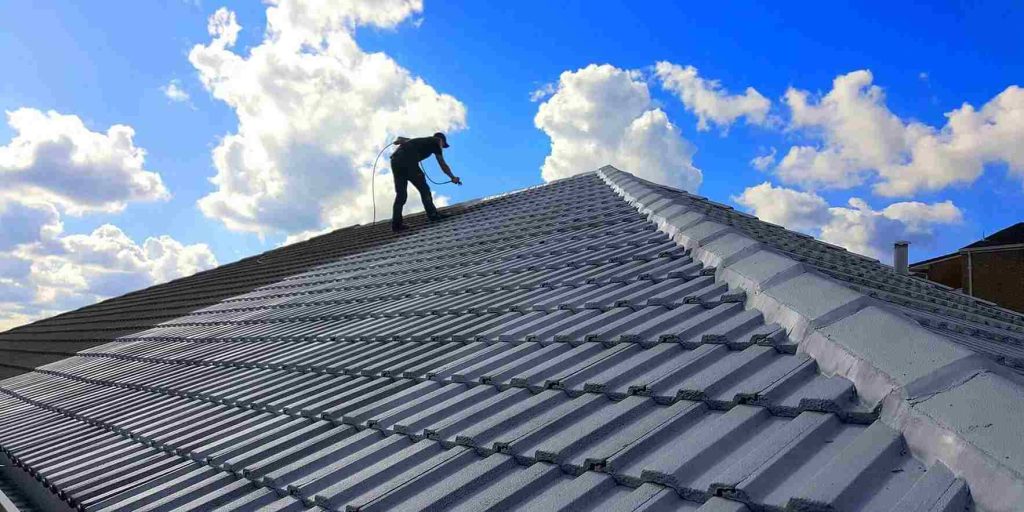When it comes to choosing roofing materials for your home, it’s essential to consider the climate in your area. Different weather conditions can have a significant impact on the performance, durability, and lifespan of roofing materials. Here’s how climate affects some common roofing materials:
- Asphalt Shingles:
- Warm Climates: In warmer climates, asphalt shingles may be prone to overheating and premature deterioration due to prolonged exposure to sunlight and high temperatures. Light-colored shingles or those with reflective coatings can help mitigate heat absorption and prolong the lifespan of the roof.
- Cold Climates: Cold temperatures can cause asphalt shingles to become brittle and prone to cracking or breaking. Additionally, snow and ice buildup can lead to water infiltration and damage. Proper insulation and ventilation are essential in cold climates to prevent ice dams and maintain the integrity of the roof.
- Metal Roofing:
- Warm Climates: Metal roofing is an excellent choice for warm climates due to its durability, heat reflectivity, and resistance to moisture and pests. It can help reduce cooling costs by reflecting solar heat away from the home.
- Cold Climates: While metal roofing is also suitable for cold climates, proper insulation and ventilation are critical to prevent heat loss and condensation buildup in the attic. Snow shedding capabilities of metal roofs can help prevent ice dams and snow accumulation.
- Tile Roofing:
- Warm Climates: Tile roofing is well-suited for warm climates as it provides excellent insulation and heat reflectivity. It can help keep homes cooler in hot weather and reduce energy costs associated with air conditioning.
- Cold Climates: In cold climates, tile roofing may be susceptible to damage from freeze-thaw cycles. Proper installation techniques and underlayment materials can help mitigate this risk and ensure the longevity of the roof.
- Wood Shake Shingles:
- Warm Climates: Wood shake shingles may be prone to mold, rot, and insect infestations in warm, humid climates. Regular maintenance, including treatment with preservatives and fungicides, can help prolong the lifespan of wood shake roofs.
- Cold Climates: Cold temperatures can cause wood shake shingles to shrink, crack, or warp over time. Proper ventilation and periodic inspections are essential to prevent moisture buildup and ensure the structural integrity of the roof.
- Slate Roofing:
- Warm Climates: Slate roofing is highly durable and resistant to heat, making it suitable for warm climates. It provides excellent insulation and fire resistance, making it an ideal choice for homeowners in wildfire-prone areas.
- Cold Climates: Slate roofing can withstand freezing temperatures and snow loads in cold climates, but proper installation and maintenance are essential to prevent damage from ice and snow buildup.
Understanding the impact of climate on roofing materials is crucial when selecting the right roof for your home. At Summers Roofing LLC, we offer a wide range of roofing materials tailored to your specific climate and needs. Contact us today to learn more about our roofing solutions and how we can help protect your home in any weather condition.

